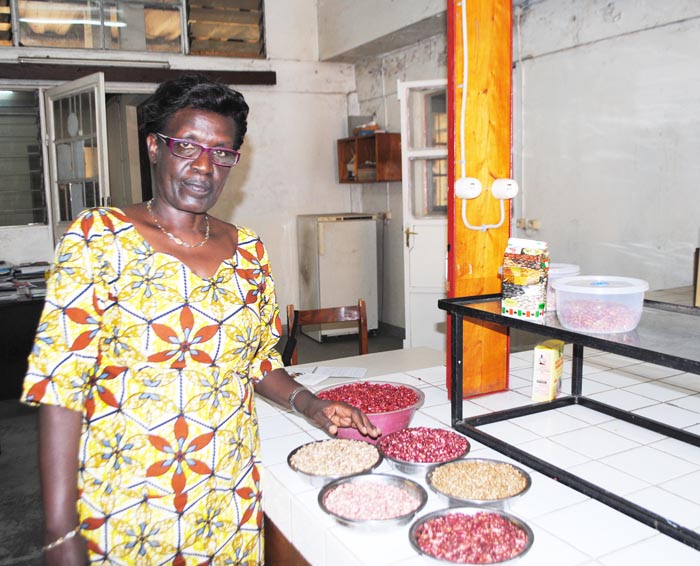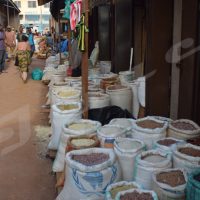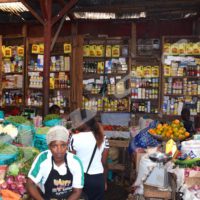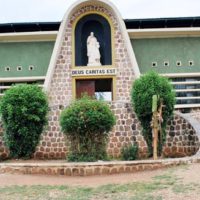Beans constitute the main source of proteins, carbohydrates and enriched in mineral salts. Often called meat for poor people, beans can now be transformed into other food to enrich our nutrition.-Diane Uwimana
The Burundi Agricultural scientific Institute carries out seeds’ experimentation from its plantation to its transformation. “We must select good seeds at the right place in order to have a sufficient harvest,” notes Ruraduma Capitoline, a Researcher at Burundi Agricultural Scientific Institute (ISABU). The institute has the main objective of multiplying seeds and offering them to the farmers in order to have what they should feed and sell by complying with other necessities. It is worth indicating that ISABU works in partnership with other foreign Institutes of countries gathered in PABRA (Pan Africa Bean Research Alliance) including Burundi, Uganda, Rwanda, Democratic Republic of Congo, Ethiopia, Kenya, Madagascar and South and North Sudan. “In other countries, beans are already transformed into other food. In our country, we have tried to deal with this new technology in 2012 by training experts. This year, we experimented with our first transformation in partnership with the Association SOTRAPABU which already transformed soya beans into other food”, highlights Ruraduma. The Researcher notes that some grains are affected by some epidemic diseases but the Institute is working hard to multiply and protect the seeds day after day.
The production of the beans in the whole country varies between 200.000 tons and 300.000 tons per year i.e. three seasons which compose the year, according to the recent figures shown by Provincial Directors of Agriculture and Livestock.
“Beans are rich in macronutrients”
“Beans prevent constipation and cancer of digestive tract, reduce diabetes risks and anaemia. Very poor in fat content, beans influence the low variation of cholesterol and high blood pressure. Then, they stimulate the immune system and contribute in mental development notably for children,” explains Ruraduma.
She indicates that beans can be transformed into other food such as doughnuts, cookies, cakes, bread… Beans are mixed with maize, soybeans, wheat flour in order to have complete bean flour. “Looking into its richness in nutrient elements especially in macronutrients such as iron and zinc, transformation and dishes diversification based on beans should contribute to solve the problems of malnutrition observed in vulnerable groups including children, pregnant and lactating women,” adds Ruraduma. According to the last survey conducted in Burundi in 2013, 58% of children of less than five years suffer from chronic malnutrition. However, Burundian beans cooking is still restricted. The preparation is limited to the simple cooking in water mixed with some vegetables, tubers and cereals. “Within this new technology, farmers will be motivated to cultivate more in order to have the surplus”, points out Ruraduma. It worth noting that ISABU works in concert with the Ministry of Public Health (for a good and rich nutrition), private sector and farmers in order to ensure the value chain is respected.




















 IWACU Open Data
IWACU Open Data

